Workthere reports uptick in flex lease
lengths and deal sizes
NEWS / 28 JULY 2025

The UK’s flexible office market is getting bigger and bolder, as occupiers commit to longer leases and larger spaces, according to fresh data from Workthere. For a sector that once thrived on agility and short-term thinking, the data reveals an evolution in mindset. Here’s what you need to know.
Businesses (across sectors and sizes) are increasingly treating flexible space as a long-term strategy, not just a stopgap. New data from Workthere shows that occupiers are not only taking more space, but they’re also staying longer. In the first half of 2025, the average number of desks per deal rose by 12% year-on-year to just over 22.
But it's not just about bigger spaces. Lease lengths are stretching too. The average lease term has climbed to 17.3 months, a 16% increase compared to the same period last year. This upswing reflects a greater willingness among occupiers to make longer-term commitments in an environment once defined by short stays and high turnover.
“Our latest research confirms the sustained confidence in the flex office sector, a trend that we’ve been feeling on the ground for some time,” said Tom Leahy, co-head of Workthere UK. “Stable occupancy, in the presence of growing national flex office supply, and increased demand point to a sector which occupiers continue to feel increasingly confident in.”
As demand stabilises, pricing is edging upward, particularly in the capital. London desk prices now average £841, while in the rest of the UK, average prices have reached £461. Occupancy rates reflect a similarly mixed picture: London saw a four-point increase to 86%, while regional centres dipped slightly to 80%.
Leahy added: “The rising desk price is indicative of the continuation of the flight to quality, as occupiers seek environments that support employee satisfaction. Overall, this data is a solid platform on which the market can build as it becomes more mature, and I hope to see a similarly buoyant second half of the year.”
Indeed, what once felt like a temporary fix is becoming a long-term strategy. The flex office is no longer just about agility - it is about alignment: with culture, with people, and with a new rhythm of work.
And if these latest numbers are any indication, that rhythm is growing steadily more assured.
To stay up to date on market activity and more flex reports, be sure to subscribe.







Written by
Flex and The City